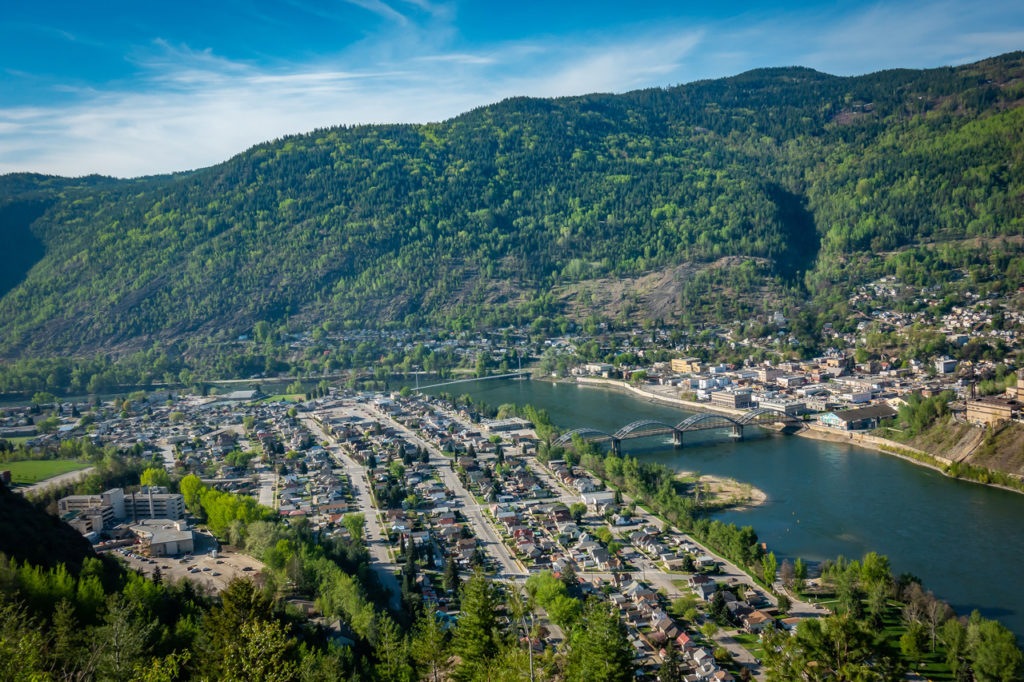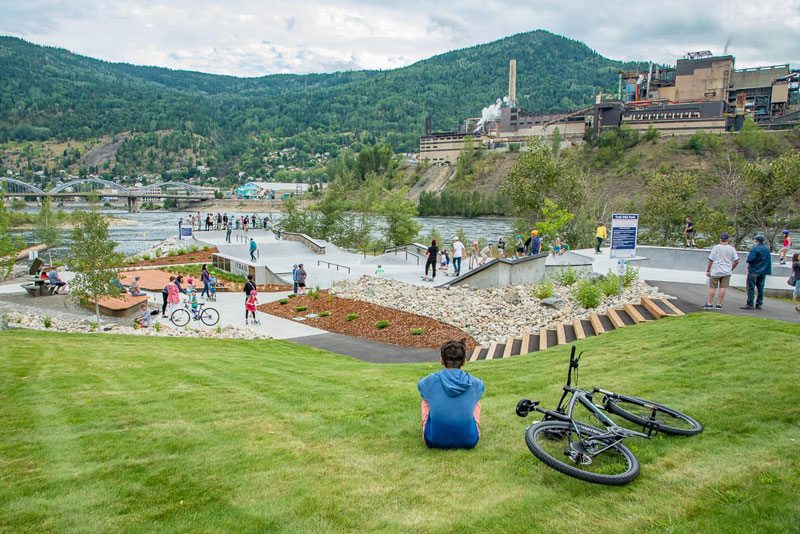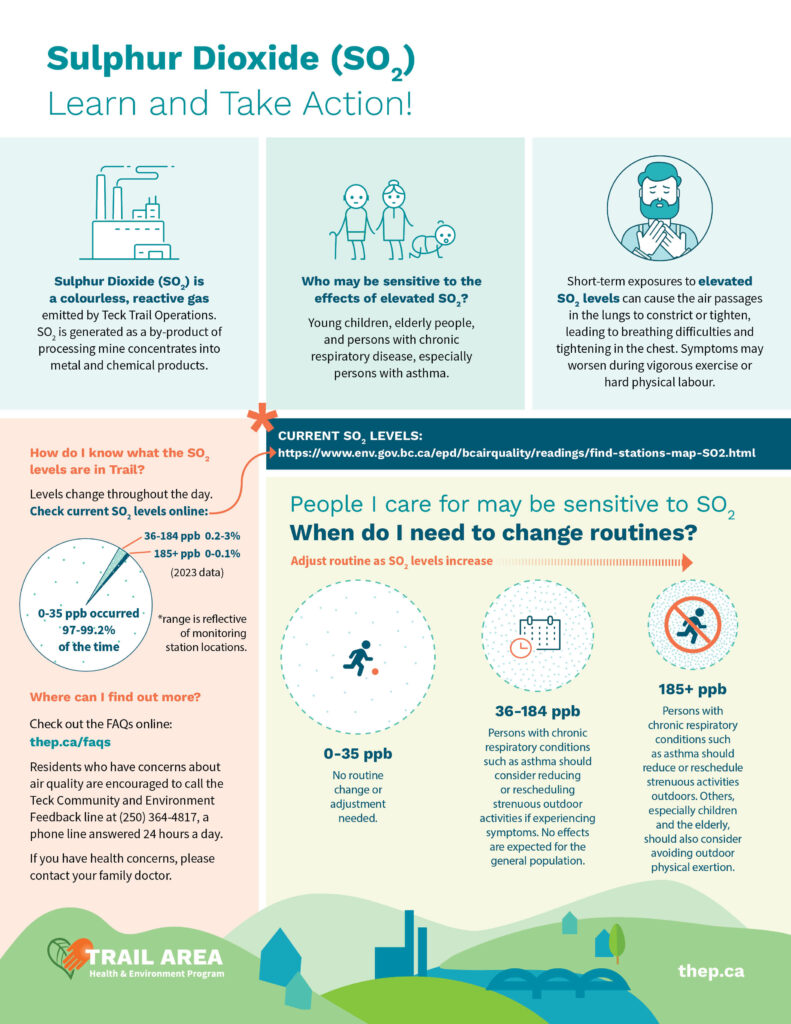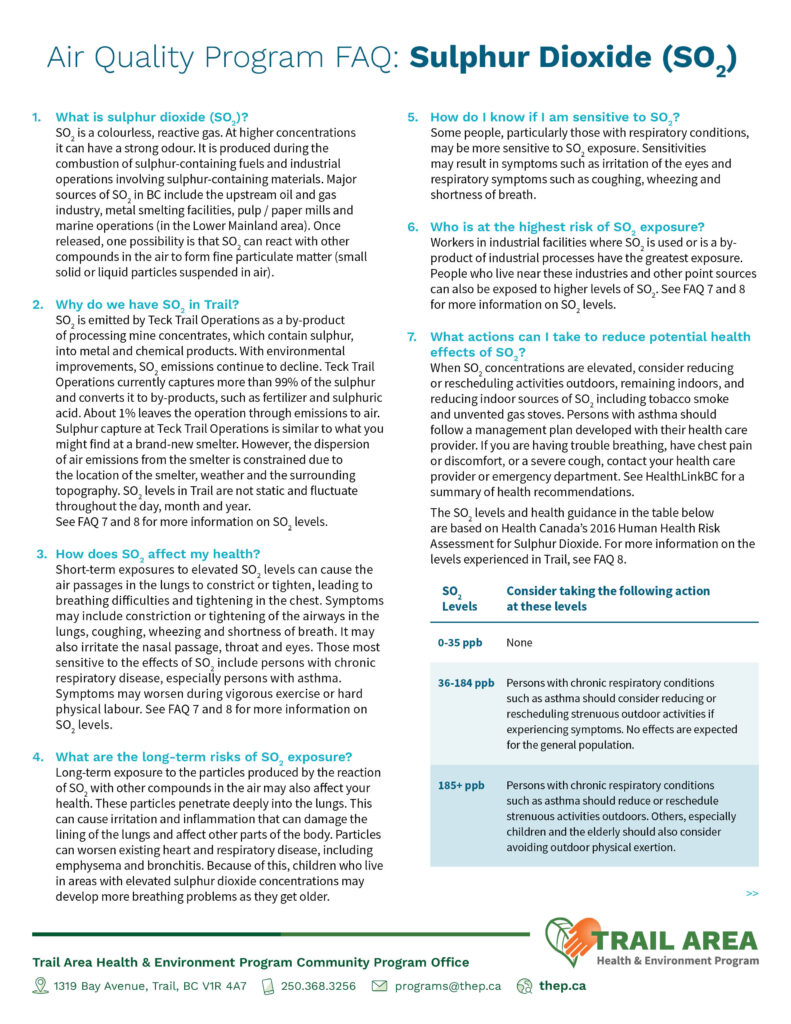Air quality is managed to protect the environment and human health relative to BC’s Air Quality Objectives (AQOs) and the Canadian Ambient Air Quality Standards (CAAQS). For SO2, BC AQO are the same as the CAAQS; more information about these standards can be found at: https://www2.gov.bc.ca/assets/gov/environment/air-land-water/air/reports-pub/fs_so2_caaqs.pdf
BC uses these benchmarks to guide regulatory decisions, including permitting of discharges to air, to assess air quality, issue public advisories, aid regulatory development and support long-term air management strategies.






